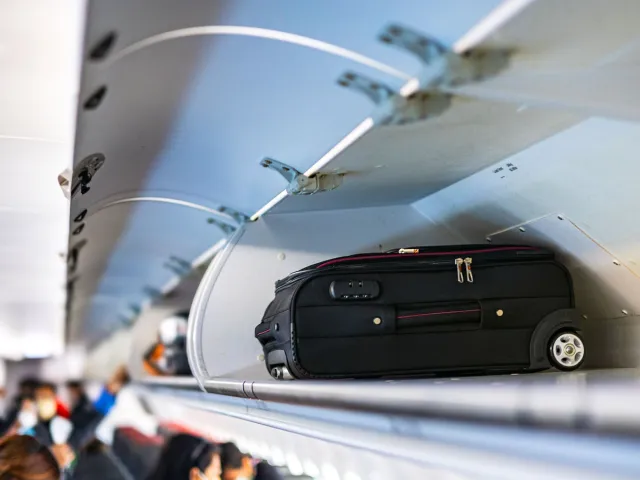How much attention do you pay to the cost of your airline ticket beyond noting the total amount? For many travelers, the answer is likely “not much.” Yet, the base fare is only part of the price you’ll pay to fly from one destination to another. Increasingly, carriers are unpackaging their fares, so that extra charges apply for items such as seat allocations, baggage, and priority boarding. But there are other costs, too, and airlines pass those various taxes and fees to the customer. What these costs represent — and why travelers have to pay them — isn’t always easy to figure out, so let’s take a look at what the taxes and surcharges on airline tickets in the U.S. are actually for.
Federal Excise and Segment Tax
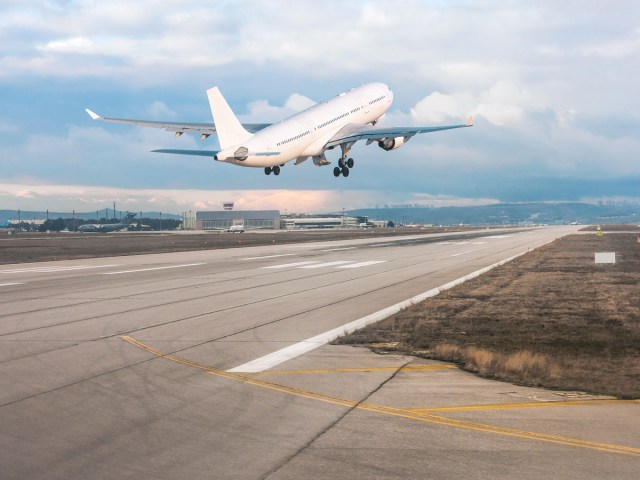
The federal excise tax is a 7.5% surcharge on the cost of air transportation that commercial airlines are required to pay on the transportation of persons. This tax applies to domestic flights that begin or end in the United States or within a 225-mile buffer zone along the Canadian and Mexican borders. (This means that if you fly from New York to Toronto, you’ll pay the excise tax even though it’s an international flight. But if you fly from Dallas to Cancun, you won’t pay the tax because Cancun is outside of the 225-mile zone.)
Federal authorities also levy a tax on each domestic flight segment (defined as one takeoff and one landing), which amounts to $5.20 per passenger as of 2025. Certain flights to or from Alaska and Hawaii from the contiguous U.S. cost $11.40 per passenger.
September 11 Security Fee
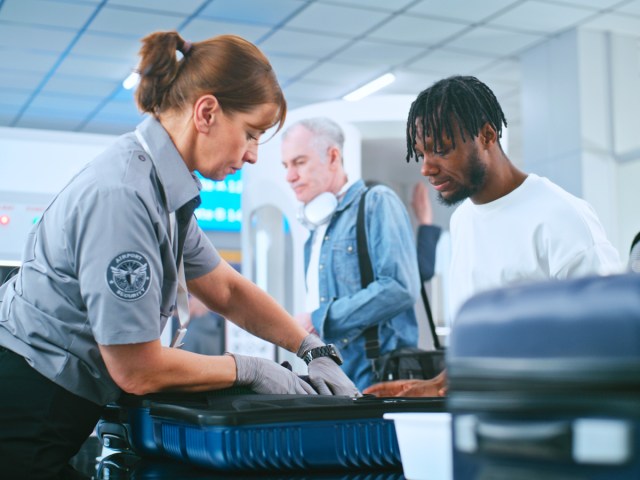
Airports stepped up security significantly following the 9/11 terrorist attacks; since then, screening shoes and limiting liquids has become commonplace worldwide. In the United States, the September 11 Security Fee helps fund the activities of the Transportation Security Administration (TSA) along with government funding authorized by Congress. Passengers pay $5.60 for a one-way trip that originates in the United States and $11.20 for a round-trip domestic flight. Travelers pay the tax directly to the airline, which then passes that revenue on to the TSA.
Passenger Facility Charge
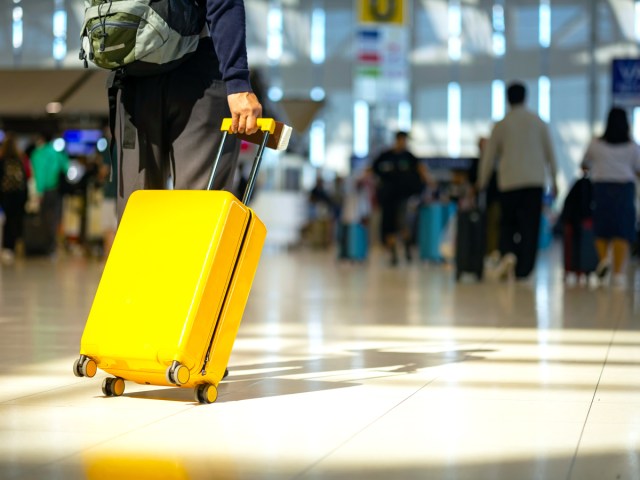
The Passenger Facility Charge goes toward programs approved by the Federal Aviation Administration (FAA), the organization that regulates civil aviation in the United States. This includes implementing noise-reduction initiatives, projects that improve airline safety or security, and measures designed to increase capacity or encourage competition between airlines. As of 2025, passengers pay $4.50 for each commercial airport in the U.S. that they transit on their itinerary, up to a maximum of $9 for a one-way ticket and $18 for a round trip.
When traveling internationally, you might incur a similar airport improvement fee, such as the Unified Fee for Airport Use (TUUA) for passengers landing at Jorge Chavez International in Lima, Peru, or Canada’s Airport Improvement Fees (AIF).
Customs and Immigration Fees
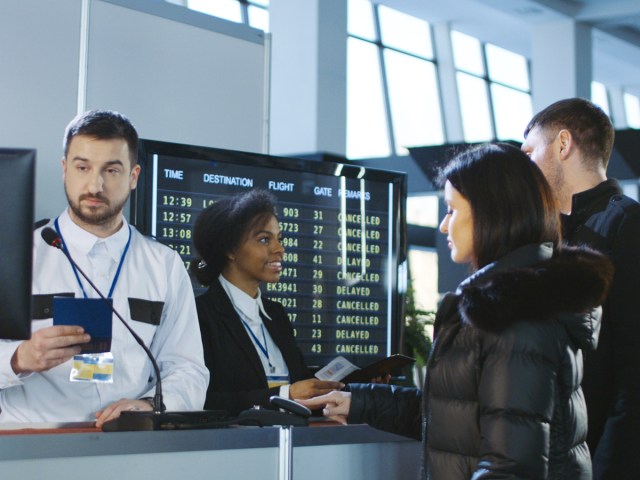
Customs and Border Protection (CBP) officials carry out meticulous checks on incoming passengers and the goods they bring with them. Document inspections ensure that travelers have the right to enter the United States, while baggage screening is carried out to protect domestic agriculture and monitor the import of items subject to specific regulations.
To fund these essential efforts, there are several fees levied on travelers arriving in the U.S.: The Customs Inspection User Fee (CUF) is currently set at $7.20 per passenger, while the Immigration Inspection User Fee (IUF) is $7. Additionally, there is a U.S. Animal and Plant Health Inspection Service (APHIS) fee that amounts to $3.83.
Carrier-Imposed Charges
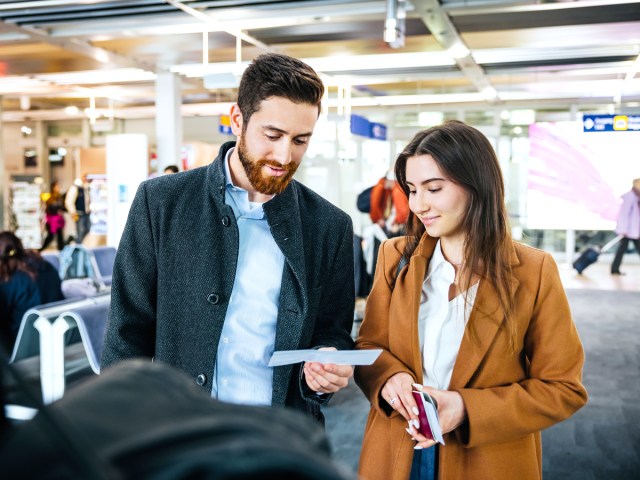
Unlike government taxes, carrier-imposed charges are set by the airline and added on top of the base airfare. These fees typically include fuel surcharges, as airlines look to cover their costs in light of volatile oil prices. They can also include money collected to improve an airline’s sustainability credentials, such as to fund carbon offset programs or research into sustainable aviation fuel. Note that you will often find higher carrier-imposed surcharges when redeeming frequent flyer miles.
International Taxes
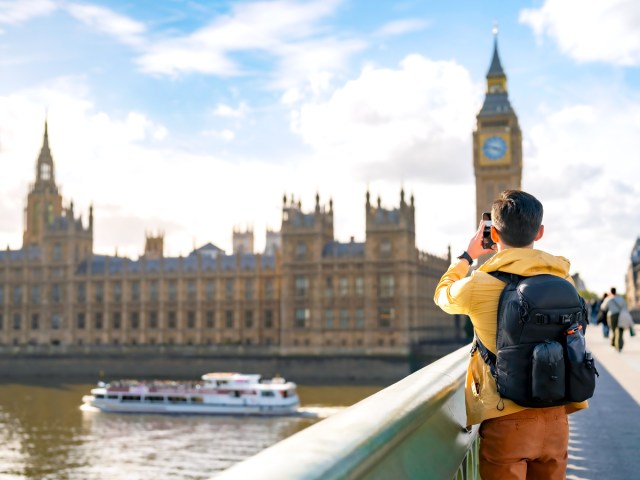
If you’re flying from the United States to an international destination (outside the 225-mile border zone), you’ll incur both an international departure tax and an international arrival tax from the U.S. government. (If you’re flying between two foreign cities and only transiting the United States, these taxes do not apply.)
You’ll also typically pay a departure tax to the foreign country from which you are returning home. While this often used to be collected in person at the airport as travelers flew home, these days it’s more common for it to be included in the cost of your ticket.
Departure taxes vary considerably. The U.K.’s Air Passenger Duty, for instance, can be as much as £216 (around $276) per person in business class or £90 ($115) when flying economy back to the United States. Meanwhile, Thailand levies just 730 baht ($21 USD) on departing passengers.
More from our network
Daily Passport is part of Inbox Studio, which publishes content that uplifts, informs, and inspires.













